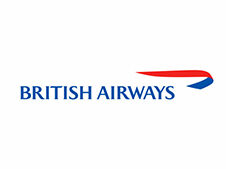BSI Standards is the UK’s National Standards Body (NSB) and was the world’s first. It represents UK economic and social interests across all of the European and international standards organizations and through the development of business information solutions for British organizations of all sizes and sectors. BSI Standards works with manufacturing and service industries, businesses, governments and consumers to facilitate the production of British, European and international standards.
Part of BSI Group, BSI Standards has a close working relationship with the UK government, primarily through the UK Department for Business, Innovation and Skills (BIS).
BABC Members can now benefit from a 50% discount on certain BSI products – please log into the
Member Section of the website to find out how to access this offer.
Key facts
- BSI Standards has 57,000 current standards.
- BSI standards cover everything from accounting to zoom lenses.
- There are between 6,000 and 7,000 standards in development any one time.
- The price of a standard reflects its complexity; the price range for BSI standards is £12-£1,800.
- The average price of a standard is £103 and half the price for BSI members.
- Over 130,000 BSI standards are sold every year.9,000 people from nearly 2,000 organizations are involved in BSI’s committees developing and publishing around 2,000 standards per year.
- Over 14,000 organizations are engaged with us every year; this is equivalent to just under 9% of all UK businesses.
- The most popular standard in the world is ISO 9001 Quality management systems, which is used by over 1,000,000 organizations in 178 countries.
- The second most popular global standard is ISO 14001 Environmental Management System. This is used in over 220,000 organizations in 159 countries.
- Both ISO 9001 and ISO 14001 began as British standards, as did some of the other top global standards.Standards contribute £2.5bn to the UK economy. BSI’s oldest standard, still in use today, is from 1927 – BS 275 Dimensions of rivets – while some of its most recent are for biometrics and business continuity.
- Among the first standards published in 1903 was one that reduced the number of sizes of tramway rails from 75 to 5, resulting in a £1 million annual saving.
Find out more on the
British Standards Institution website.












































